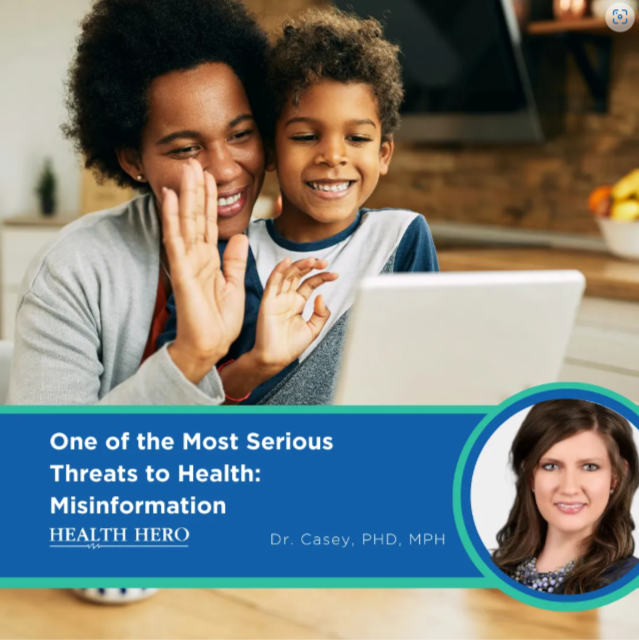When was the last time you discussed polio? For many, it feels like a disease of the past, something eradicated from our lives. But just because it’s no longer visible in our daily lives doesn’t mean it’s truly gone. Polio, short for poliomyelitis, is a highly contagious viral disease that mainly affects children under the age of five. While most cases cause mild symptoms or none at all, in some cases the virus can lead to irreversible paralysis or even death if not addressed. Not to worry, as long as you take the recommended steps, the risk of severe outcomes can be minimized.
A Society on Edge
Polio was once one of the most feared diseases in the United States. Epidemics paralyzed or killed thousands of children each year, leaving families and communities devastated. In 1952, the country faced its worst outbreak, with nearly 58,000 cases and over 3,000 deaths. However, the introduction of the Salk vaccine in 1955 and the oral Sabin vaccine in the 1960s marked a turning point. These vaccines not only reduced polio cases dramatically but also led to polio’s elimination in the U.S. by 1979.
Maintaining eradication has not been without challenges. Polio remains a major concern in countries such as Afghanistan and Pakistan, as well as in isolated cases linked to international travel, which have reappeared in countries like the U.S. Especially during the holiday season, when travel increases, there is a heightened risk of disease transmission, underscoring the importance of continued vigilance and global immunization efforts.
Tennessee’s Role in the Fight Against Polio
Tennessee, like many other states, was devastated by polio’s impact during its peak years. In 1941, Tennessee experienced its largest outbreak of polio, with 522 cases reported during the summer and fall. Outbreaks in the 1940s and 1950s resulted in the establishment of facilities such as the Wilson County Crippled Children’s Center, which cared for children affected by the disease.
Today, Tennessee’s polio immunization rate is over 90%. However, the state is not immune to the growing national trend of vaccine hesitancy. Health officials have reported a 2.7% decline in polio vaccination rates over a recent one-year period.
The Global Push for Eradication
Globally, polio vaccination efforts have reduced cases by over 99%, from 350,000 annually in 1988 to fewer than 200 in 2023. But the virus continues to be a threat, particularly in areas with low immunization rates. Vaccine-derived poliovirus, which can emerge in under-immunized populations, has created a challenge in eliminating the disease.
In 2022, the detection of poliovirus in New York wastewater marked the first sign of community spread in decades. For states like Tennessee, maintaining high vaccination rates is important in preventing similar scenarios.
Why Vaccination Still Matters
Vaccination is more than an individual choice; it’s a responsibility. Vaccines have been instrumental in controlling or eradicating diseases that once caused widespread suffering and death. Polio vaccines have been proven to prevent millions of cases of paralysis worldwide. This not only shows its effectiveness against polio, but also its bigger role in keeping people healthy. It is crucial to maintain high vaccination rates for polio and all other preventable diseases alike.
The Road to Eradication
As of December 2024, Tennessee has not reported any recent cases of polio. However, the decline in immunization rates could change that. Polio eradication is within reach, but it requires global commitment. Vaccination is the best defense against polio and ensures that no one has to experience its devastating impact, as seen in the 1940s.
Help be the change and prioritize immunization of all kinds, so we can live in a healthy, worry-free world.
Sources:
Tennessee Department of Health: Health Department History 1926–1960









